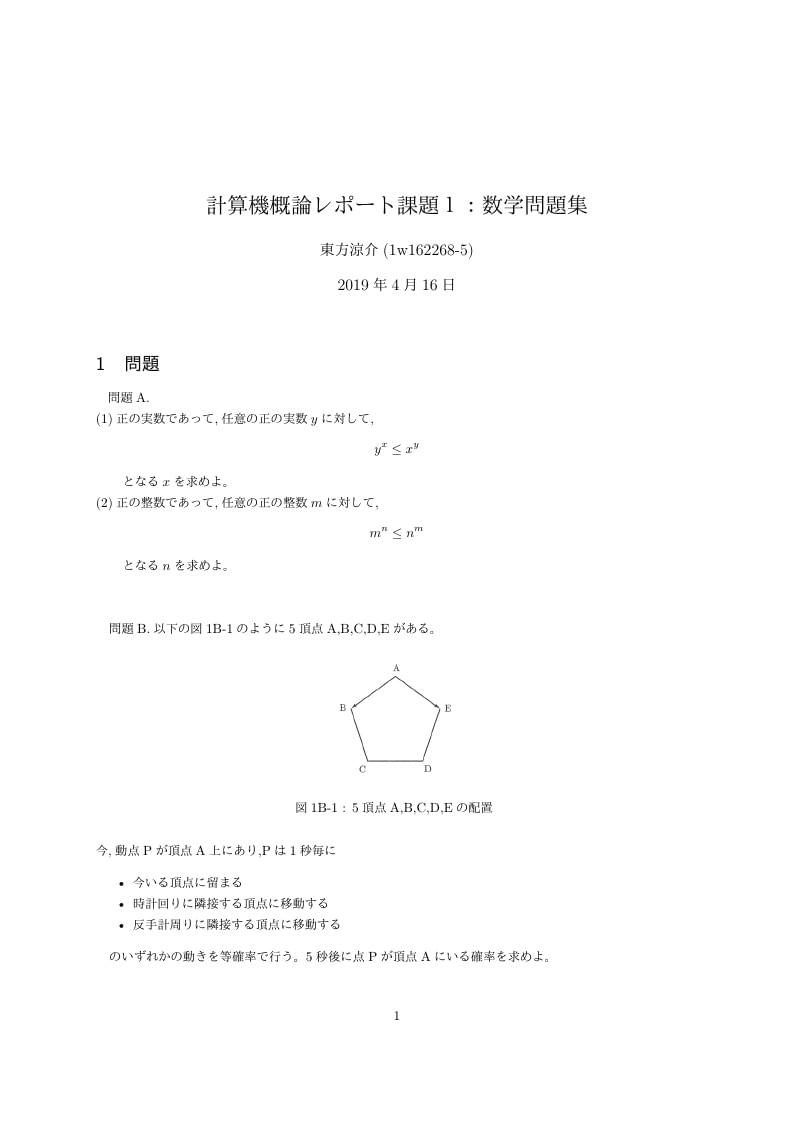Community articles — Japanese
Recent

高校数学~大学基礎レベルの数学の問題集(解答付き) Simple math problem set with solution.
\begin
Discover why over 20 million people worldwide trust Overleaf with their work.

高校数学~大学基礎レベルの数学の問題集(解答付き) Simple math problem set with solution.
\begin
Discover why over 20 million people worldwide trust Overleaf with their work.